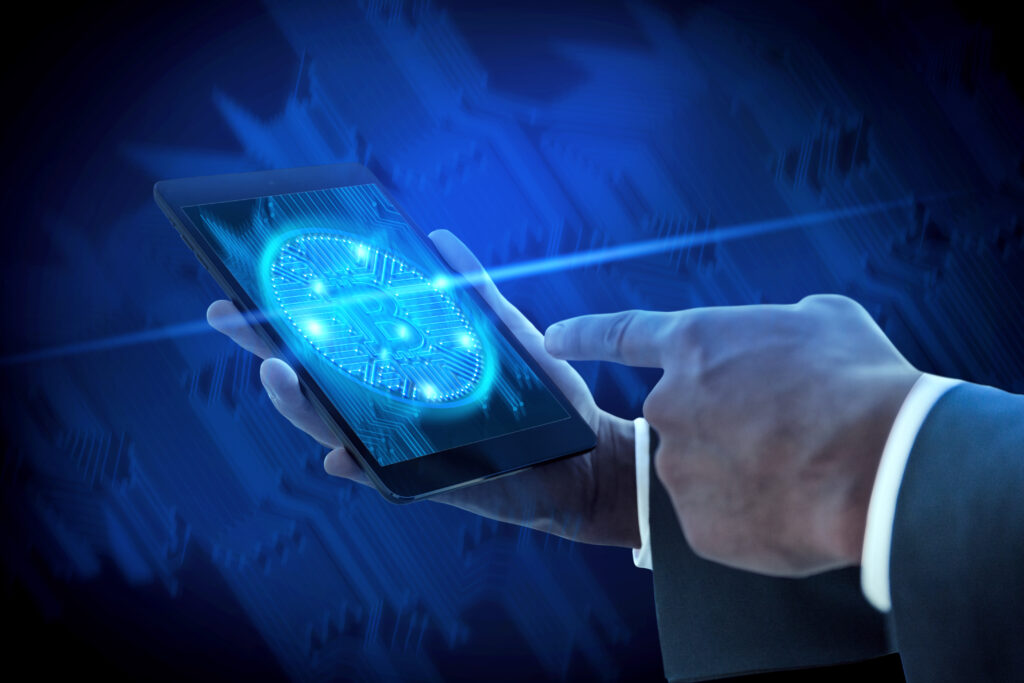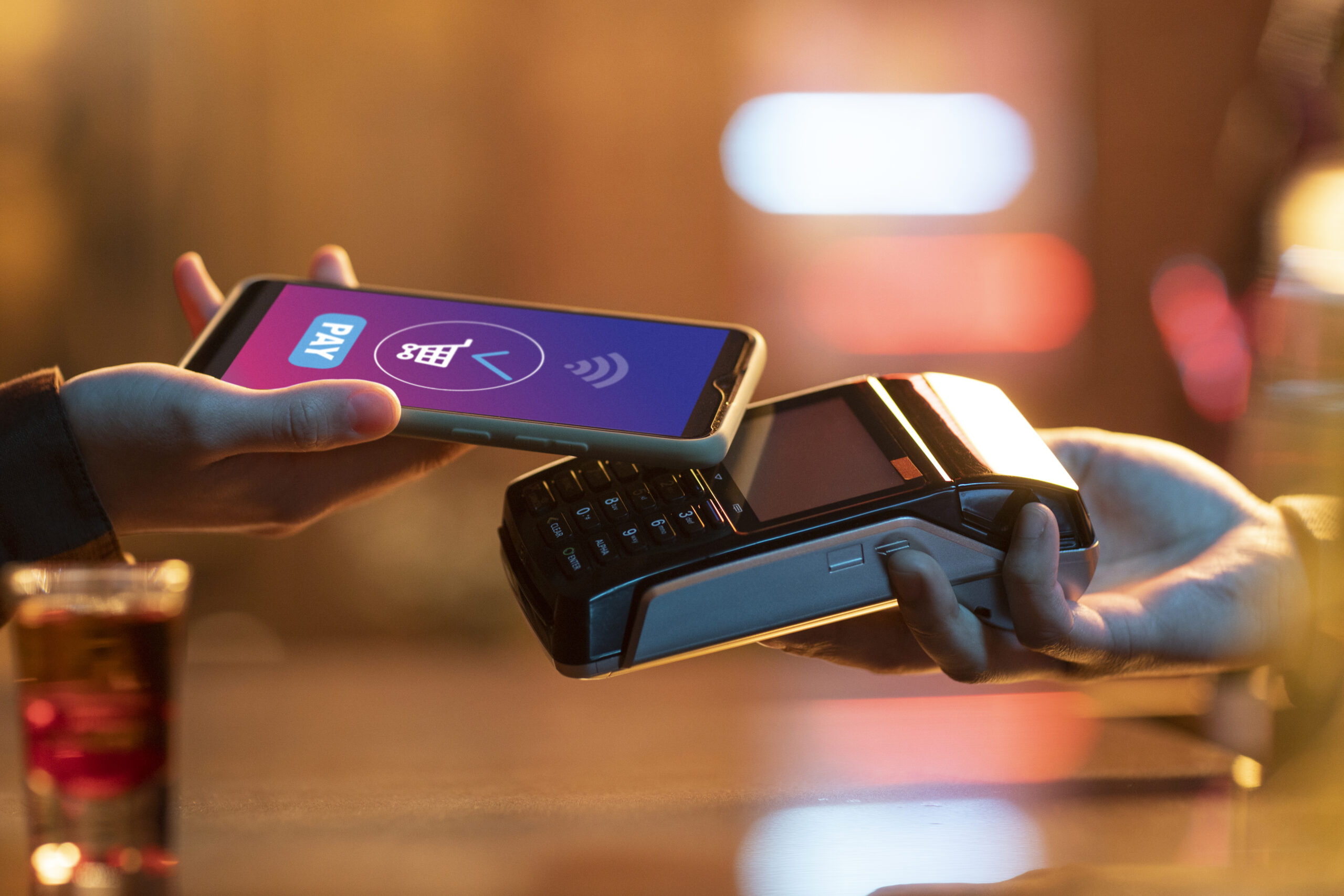Tokenization & Real-World Assets: Unlocking the Future of Ownership and Investment
Explore how tokenization of real-world assets is transforming traditional finance, making ownership more accessible, efficient, and secure.
Discover how blockchain is redefining ownership through asset tokenization.
The rise of blockchain technology has reshaped many sectors, from finance to logistics. Among the most groundbreaking innovations is the tokenization of real-world assets (RWAs)—a digital transformation that converts tangible assets like real estate, art, or commodities into blockchain-based tokens.
This evolution is not just about technology; it’s about redefining how we understand ownership, access, and value.
For centuries, ownership of valuable assets has been limited to those with significant capital or legal access. But with tokenization, the barriers are beginning to fall.
A building, a gold bar, or even a Picasso painting can now be broken down into digital shares, allowing anyone to invest, trade, and own a fraction of something much larger.
Tokenization is democratizing finance, enhancing transparency, and increasing liquidity for previously illiquid assets. This isn’t just a passing trend—it’s a fundamental shift with the power to open global markets to millions.

What Is Tokenization of Real-World Assets?
Tokenization refers to the process of creating a digital representation (a “token”) of a physical asset on a blockchain. These tokens are secured, programmable, and easily transferable, mimicking the value and characteristics of the original asset.
Real-world assets can include:
- Real estate properties
- Precious metals and natural resources
- Fine art and collectibles
- Intellectual property
- Agricultural products
When tokenized, these assets become divisible and more accessible. Instead of needing to buy an entire house or own a rare artwork outright, individuals can purchase small portions in the form of tokens. This is particularly attractive for young or new investors seeking diversified portfolios without massive upfront costs.
Benefits of Tokenizing Real-World Assets
Tokenization offers a range of transformative benefits for both asset owners and investors:
- Fractional Ownership
Tokenization allows expensive assets to be divided into smaller units. A $1 million apartment can be split into 1,000 tokens worth $1,000 each, enabling a broader base of investors to participate.
- Enhanced Liquidity
Many real-world assets, like real estate or fine art, are historically illiquid. Tokenization enables secondary markets for quick buying and selling, boosting liquidity.
- 24/7 Market Access
Unlike traditional asset markets, tokenized assets can be traded around the clock on blockchain-based platforms, providing constant access and flexibility.
- Increased Transparency and Security
Blockchain technology ensures that all transactions are publicly verifiable, traceable, and secure. Smart contracts automate processes like dividend payments or ownership transfers, reducing fraud and human error.
- Lower Costs and Intermediaries
The digital nature of tokenized assets eliminates the need for multiple intermediaries (brokers, banks, etc.), reducing transaction fees and streamlining ownership changes.
Challenges and Regulatory Considerations
While tokenization has immense potential, it also comes with challenges—particularly on the legal and regulatory front.
- Jurisdictional Compliance: Tokenized assets must comply with local laws concerning ownership, securities, and trading, which differ widely across countries.
- Custodianship and Asset Verification: Ensuring that the digital token truly represents a physical asset requires third-party audits and trusted custodians.
- Technology Risks: As with all blockchain-based innovations, smart contract vulnerabilities, platform outages, or hacks can present risks.
- Market Maturity: Despite growing interest, the tokenization market is still relatively young. Wider adoption will require standardization, institutional backing, and clearer legal frameworks.
Real-World Applications in Motion
Tokenization is no longer just theoretical. Projects around the globe are putting it into action.
- Real Estate: Companies are tokenizing residential and commercial properties, allowing investors to buy fractions of buildings in major cities like New York and London.
- Precious Metals: Gold-backed tokens offer stability and can be traded like cryptocurrency, blending traditional value with modern tech.
- Collectibles & Art: High-end artworks are being divided into tokenized shares, bringing the art market to digital investors.
These applications are proving that tokenization isn’t just about investment—it’s about accessibility, utility, and modernization.
The Future Outlook
Tokenizing real-world assets is more than a buzzword—it’s a pathway to a more inclusive and efficient financial ecosystem. As regulation catches up with innovation, more institutional players are likely to enter the space, providing confidence to both retail and professional investors.
With better infrastructure, education, and legal support, tokenization could become the backbone of a new era of global ownership—one that prioritizes participation, transparency, and efficiency.
This technological shift is poised to reshape asset management, giving people around the world the power to invest in opportunities once out of reach. As we move forward, the line between physical and digital ownership will continue to blur, and that’s a future worth investing in.





